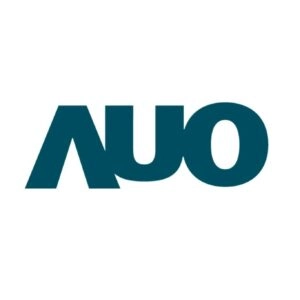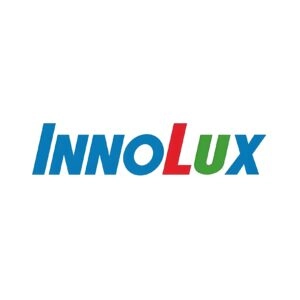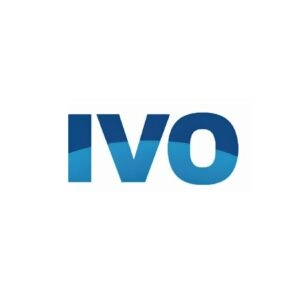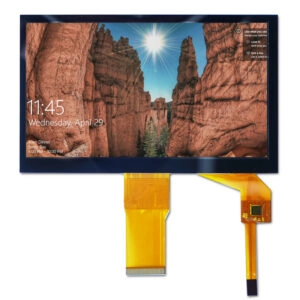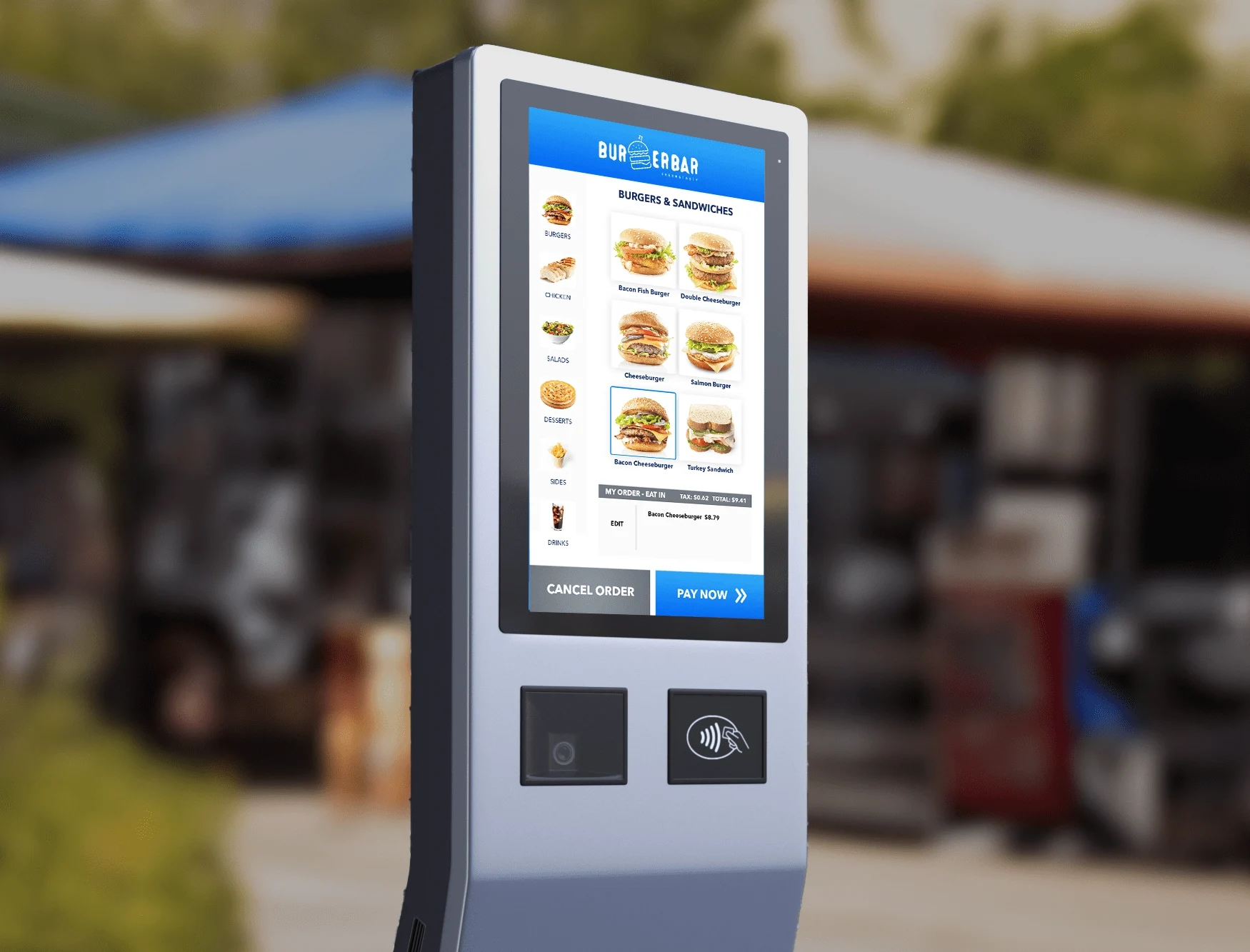Screens are popping up everywhere in today’s fast-moving tech world. You see them on busy city billboards and tough factory kiosks. These outdoor displays need to handle rough weather while showing clear, eye-catching pictures that grab people’s attention. As more folks expect screens to look as good as their smartphones, no matter the conditions, picking the right outdoor touchscreen is about more than just looks. It’s about being tough, working well, and giving a good return on your money.
This detailed guide jumps into what engineers and decision-makers need to know to make outdoor displays awesome. We’ll look at weather challenges, must-have features, solid solutions, and a handy checklist to make choosing easier. Whether you’re setting up screens for store fronts, train stations, or public spots, getting these things right means your display won’t just last outdoors—it’ll shine.
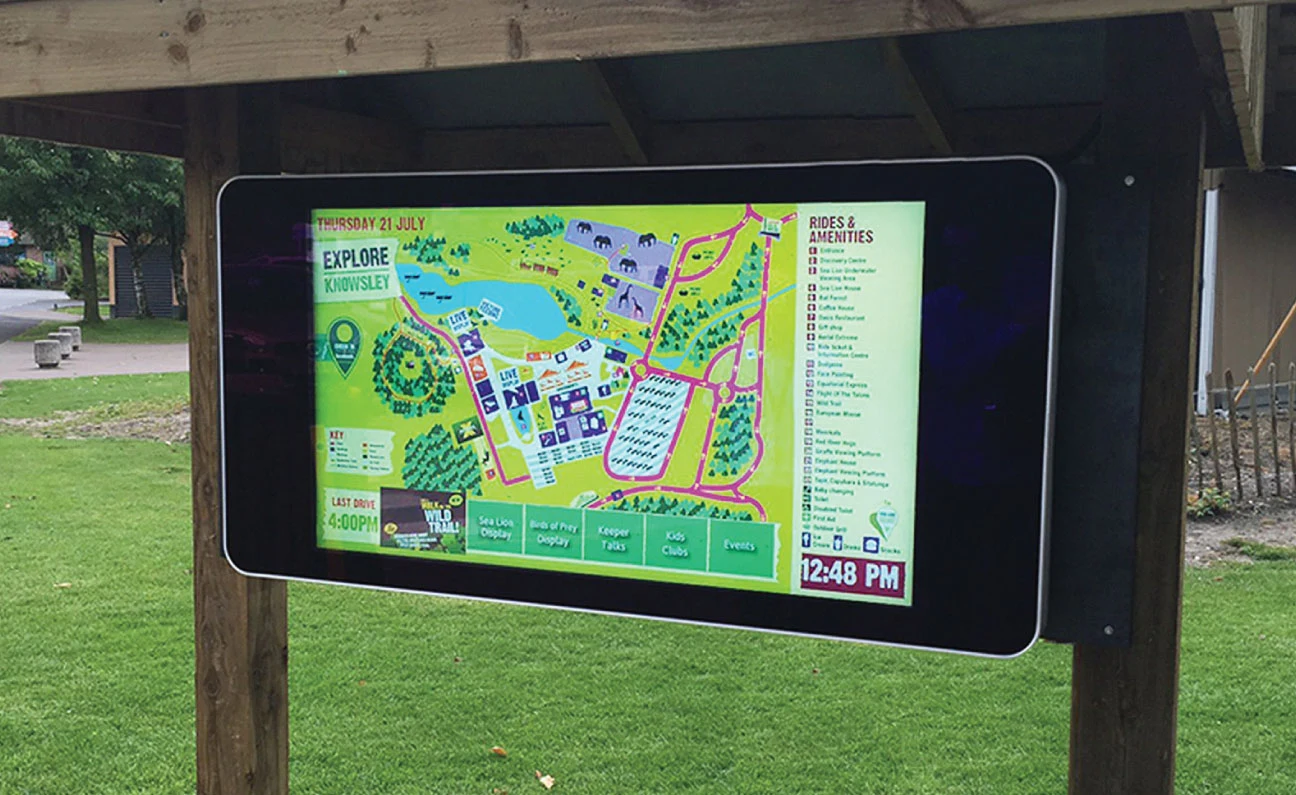
PART 1. Choosing the Right Technologies and Design Considerations
Building an outdoor display takes careful planning with smart tech and weather know-how. This part breaks down the main things to think about, from handling harsh weather to making sure users can see clearly. This helps you pick options that fit your project’s needs.
Understanding the Rise of Outdoor Displays
Outdoor touchscreens are growing fast because people want exciting, always-on digital experiences. Thanks to smartphones with quick refresh rates and AR tech, folks now expect screens to be easy to read, even in bright sunlight at 1000+ nits. Factories, smart city kiosks, and outdoor ATMs need this too. Reports say the outdoor display market will grow at a 12% CAGR through 2030.
Indoor screens just don’t work outside. They break down under UV rays, hot or cold weather, and water, causing pricey failures. Starting with tough tech is key to avoiding downtime and keeping costs low. For example, using projected capacitive (PCAP) touch with anti-glare layers isn’t just fancy—it’s a must for happy users in changing light. Data shows a 40% rise in outdoor screen use over two years, especially in stores and hotels, where interactive menus and maps boost visitors by up to 25%.
Framework for Considering Environmental Challenges
Outdoor settings are tough on electronics. Temperatures can drop to -30°C in cold mountains or climb past 40°C in deserts. Humidity and rain make things trickier. Sunlight doesn’t just shine—it heats displays to 80°C or more, wearing out parts faster. A clear plan helps: start with a check of your site’s conditions, then add tech that adapts.
Temperature Management
Hot and cold extremes can wreck outdoor displays. Freezing weather messes with LCD contrast, making it dim. Heat can warp glue and slow touch response. The fix? Aim for screens that work from -20°C to 70°C, or even -30°C to 80°C for extreme places like polar regions or deserts.
Smart design is a must. During planning, test with heat chambers to find hot spots. Use active cooling, like fans or heat pipes, along with passive tricks, like aluminum frames to spread heat. But don’t overdo it—extra temp features cost more, so match them to your area’s IP rating for full protection.
Brightness and Readability
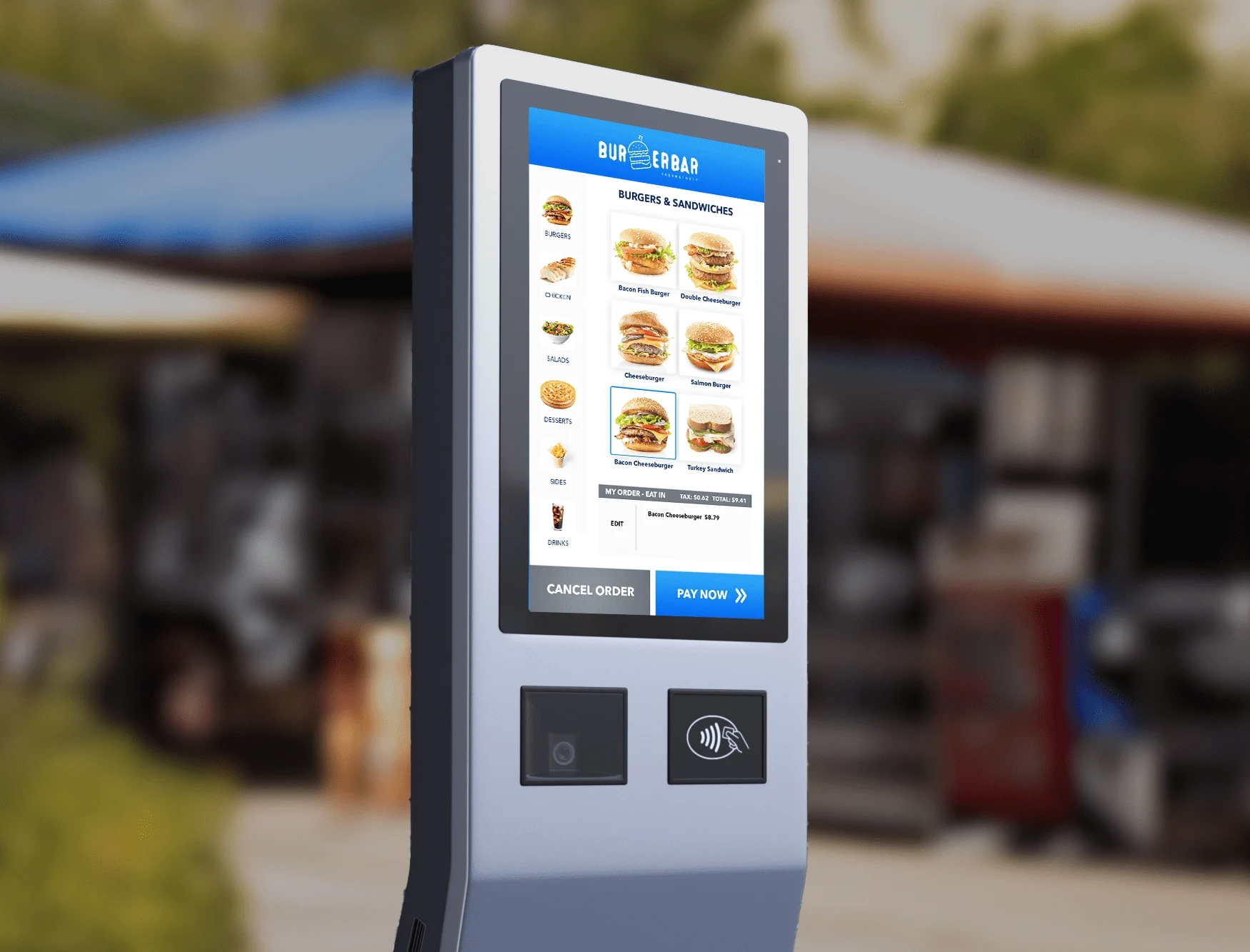
Nothing ruins an outdoor screen faster than fading in sunlight. Eyes adjust to 10,000 lux of light, so screens need at least 1000 nits of brightness, or 1500+ for sunny spots. A contrast ratio over 1000:1 makes text stand out against moving backgrounds.
Optical bonding changes the game. It glues the touch, glass, and TFT layers together without air gaps, cutting reflections from 8% to under 2%. Adding anti-reflective (AR) or anti-glare (AG) coatings, like circular polarized films, drops surface bounce to 1%. Test prototypes in real sunlight to check haze (<1%) and light pass-through (>90%). Businesses say bonded, bright screens get 30% more user interaction because people don’t have to squint.
Moisture and Water Resistance
Rain, fog, and splashes call for IP65+ protection—dust-proof and safe from low-pressure water jets. Sealing isn’t just about gaskets. It’s about tight frames, coated circuit boards, and water-repelling glass treatments to stop fogging.
Low vapor transmission rates (WVTR under 10^-4 g/m²/day) prevent misty screens. Breathable vents balance pressure without leaks. In salty coastal areas, corrosion can ruin screens, so use marine-grade metals.
Overview of Key Features for Outdoor Displays
Surviving outdoors isn’t enough—displays need to be user-friendly and last long. Focus on features that make screens tough and easy to use, turning problems into strengths.
High Brightness and Contrast
Clear visibility is a must. High-brightness IPS panels (1000-2500 nits) with wide viewing angles (178°) beat TN panels in color quality. Add auto-dimming with light sensors to save 20-30% energy while keeping bright performance. For moving content, HDR support keeps screens ready for future tech.
Optical Bonding and Anti-Reflective Coatings
Bonding stops Newton’s rings and makes screens stronger—tested to handle IK10 drops. AR coatings, often multi-layer MgF2, cut glare by 70%. Add oleophobic nano-coatings to resist fingerprints, making cleaning easier for high-touch uses.
Durability and Vandal-Proofing
For public screens, use thick cover glass (3-6mm, up to 15mm for risky spots). Gorilla Glass or similar handles 1.5J impacts. Industrial PCAP controllers work with thick layers without losing touch sensitivity. Anti-tamper screws and strong bezels add vandal-proofing, key for transit or stadium screens.
UV Resistance
UV-A/B rays can yellow polarizers and loosen bonds after 5000 hours. Use UV-stabilized materials, like PET films with absorbers and UV-cut filters (>98% block). Testing in QUV chambers ensures 3+ years of stability, avoiding the “ghosting” seen in cheap screens.
Summary of Display Solutions
Top companies like Miqi Display offer outdoor-ready setups. Their LCD and TFT panels work from -20°C to 70°C, hit 1000+ nits, and include optical bonding for clear views. Vandal-proof options have 3-6mm Gorilla Glass, UV-protected layers, and IP65 sealing with one-piece gaskets. Custom frames fit perfectly, and no-MOQ prototyping speeds up testing. These work great for medical kiosks, factory controls, and access systems, with 100% on-time delivery to 200+ regions.
Selecting the Right Display
Use this checklist to pick the best display quickly:
| Feature | Consideration |
|---|---|
| Temperature Range | Ensure -20°C to 70°C minimum; test for local heat buildup. |
| Brightness | Aim for 1000+ nits; check contrast in 10,000 lux. |
| Reflection Management | Require optical bonding; add AR/AG if reflections >2%. |
| Durability | Use 3mm+ glass for public; aim for IK08+ impact rating. |
| Water Resistance | Need IP65+; check seals and WVTR specs. |
| UV Resistance | Require UV-cut >95%; confirm 5000-hour stability. |
| Enclosure Sealing | Use gap-free gaskets; add pressure-equalizing vents. |
Match these to your budget—premium features give 2-3x longer life for your investment.
To wrap up, perfecting outdoor displays means planning for tough conditions while keeping images clear. By handling heat, glare, and durability head-on, your screens won’t just survive—they’ll grab attention and help make smart business choices. As tech grows, stay flexible: new LCD/OLED blends promise even brighter futures.
Frequently Asked Questions (FAQs)
What is the ideal brightness level for outdoor displays?
For most uses, 1000 nits ensures clear reading in sunlight. Go for 1500+ nits in bright places like stadiums.
How does optical bonding improve outdoor performance?
It removes air gaps, cutting reflections by up to 80% and making screens tougher against drops and water.
What IP rating should I look for in waterproof outdoor displays?
IP65 or higher for water jets and dust; IP67 for rainy areas with submersion risks.
Are UV-resistant coatings necessary for all outdoor setups?
Yes, they stop yellowing and bond damage—key for screens lasting over 2 years.
How can I test an outdoor display before full deployment?
Use no-MOQ prototypes with real-world tests: sunlight chambers, heat cycling, and drop tests.
Ready to Elevate Your Projects with Premium Outdoor Displays? Partner with Miqi Display Today!
Miqi Display, a top provider of LCD, TFT, and OLED solutions, builds custom outdoor displays with great stability, clarity, and reliability for factory, medical, and access control uses. With ISO-9001, TS-16949, and RoHS certifications, our high-brightness panels (up to 2500 nits), IP65 waterproof cases, and wide-temp range (-20°C to 70°C) drive success worldwide—from factory controls to medical kiosks and visual systems.
Why choose Miqi Display? We offer 90% on-time delivery to 200+ countries, zero-MOQ prototyping, and custom support for smooth integration. Bulk orders get volume pricing and longer warranties.
Act Now: Reach our sales team for a free consult and quote. Email mary@miqidisplay.comor visit miqidisplay.com/contact-us to talk about your project. Let’s create displays that push your business forward—book your demo today!
